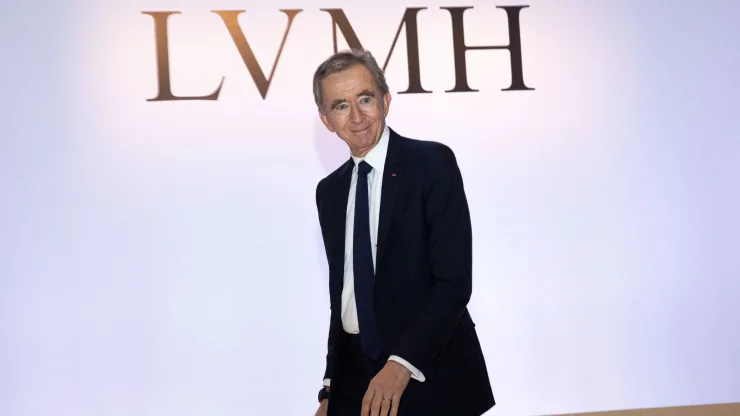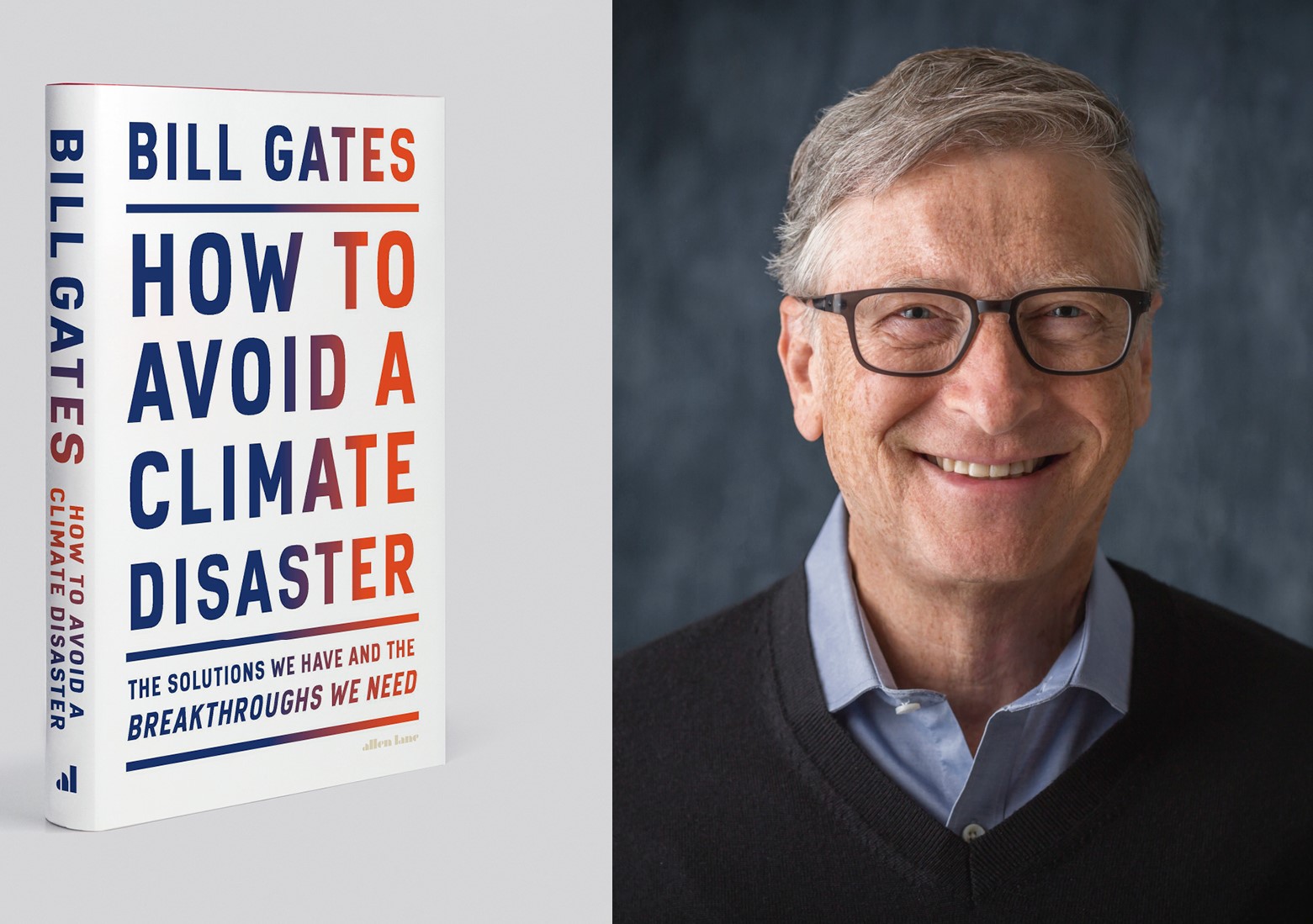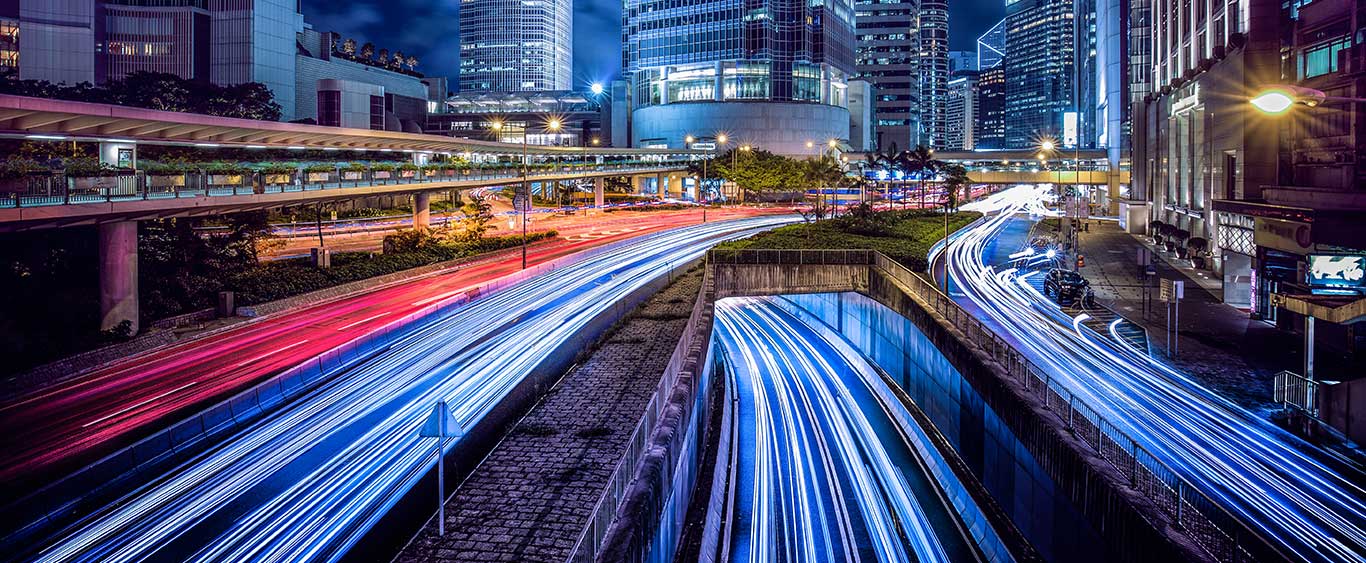Bernard Arnault is the richest person in the world net worth of US$237 billion as of May 3, 2023, according to Forbes, making him the wealthiest person in the world. Mr. Arnault is a French businessman and art collector who is the chairman LVMH Moët Hennessy – Louis Vuitton SE. Through LVMH Initiatives For the Environment (LIFE) program, renamed as LIFE 360, it has set out on a target of achieving 100 per cent renewable energy usage and eradicating fossil-based virgin plastic in packaging by 2026.
The world’s richest man can help play a substantial active role in mitigating climate change-related risks and aiding the shift to a lower-carbon economy.
According to UNESCO and LVMH, They have announced strengthened cooperation on projects aimed at minimising the impact of climate change on biodiversity and improving ecosystem resilience. A new component of the partnership will be dedicated to measuring impact, to assess how programmes conserve biodiversity, mitigate the effects of climate change, increase ecosystem resilience and benefit local communities.
LVMH to improve conditions in livestock farming and guided its biodiversity strategy, a major component of the LIFE 360 program, comprising three targets: zero sourcing in areas where there is a very high risk of net deforestation by 2026 and gross deforestation by 2030, 100% of its strategic raw materials certified to the highest standards by 2026, and 5 million hectares (50,000 sq. km) of habitat for flora and fauna preserved by 2030. Furthermore, the Group’s partnership with UNESCO’s Man and the Biosphere Program, which aims to improve relations between people and their environment, reflects the global ambition /spurring on LVMH’s action,
LVMH’s environmental policy has been a pillar of its growth strategy for the past 27 years. This policy accelerated in 2012 with the creation of the LIFE (LVMH Initiatives For the Environment) program, which made sustainable development an integral part of the strategic business plans of all LVMH Maisons.
LVMH consolidated the LIFE program around four objectives shared by all Maisons in order to accelerate progress towards environmental excellence by 2020: improve the environmental performance of all products, apply the highest standards across procurement chains, improve the environmental performance indicators of all sites, and reduce CO2 emissions.
This new strategy sets three key deadlines – 2023, 2026 and 2030 – and revolves around four product-focused pillars:
- Protect biodiversity, with an emphasis on two areas: support for the Man and Biosphere program in partnership with UNESCO, and pilot trials, such as regenerative agriculture for the Wines & Spirits sector. LVMH also partners with Canopy on forest conservation.
- Fight climate change thanks to LVMH’s commitment to pursue efforts to improve the energy performance of its sites and stores, focusing on CO2 emissions that are not directly linked to product manufacturing, but result from other stages in the product lifecycle, including transportation, procurement and use.
- The circular economy, through initiatives such as recycling unsold products, upcycling by making clothes from existing stocks, or identifying alternative materials.
- Transparency to address the expectations of society for more information about products and better traceability.
Discover more from Green Innovation News
Subscribe to get the latest posts sent to your email.





